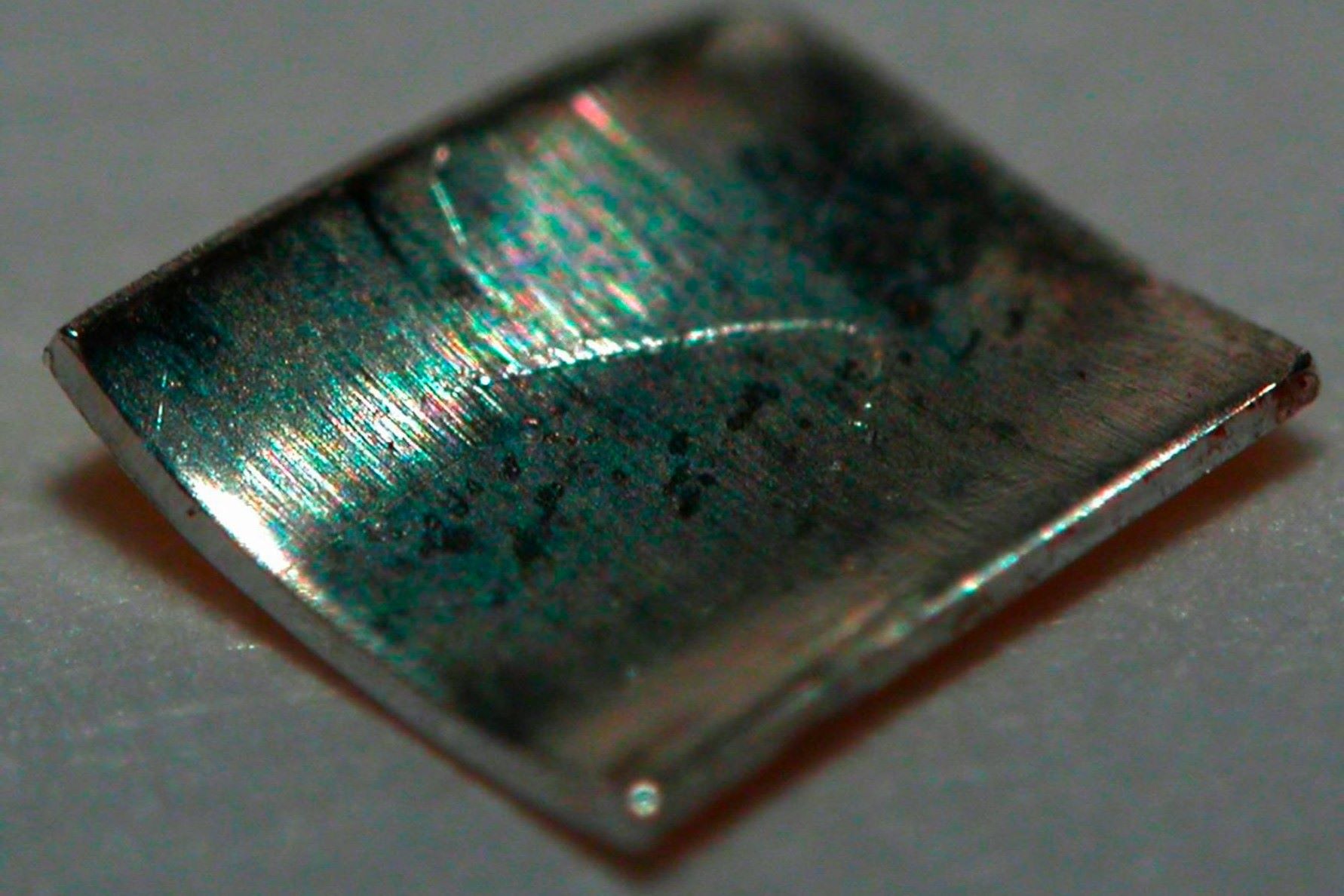
Polonium is a rare and highly radioactive element that has fascinated scientists since its discovery. Named after Marie Curie's homeland, Poland, this element holds a unique place in the periodic table. But what makes polonium so special? Polonium is not just another element; it's a powerhouse of radioactivity, capable of releasing a significant amount of energy. This makes it both incredibly useful and extremely dangerous. From its role in early nuclear research to its infamous use in poisoning cases, polonium has a storied history. Ready to dive into 50 intriguing facts about this mysterious element? Let's get started!
Key Takeaways:
- Polonium, a rare and highly radioactive element, has fascinating uses and a dark history. It's 5000 times more radioactive than radium and can reach temperatures of 500°C due to its decay.
- Polonium is extremely toxic, with just 1 microgram being fatal if ingested. It has been used in assassinations and espionage, and continues to be a subject of scientific research.
What is Polonium?
Polonium is a rare and highly radioactive element. Discovered by Marie and Pierre Curie in 1898, it has fascinated scientists ever since. Here are some intriguing facts about this mysterious element.
- Polonium is represented by the symbol Po on the periodic table.
- It has an atomic number of 84.
- Named after Poland, Marie Curie's homeland.
- Polonium is part of the chalcogen group.
- It is a metalloid with properties between metals and non-metals.
- Polonium is extremely radioactive.
- It has 33 isotopes, all of which are radioactive.
- The most common isotope is Polonium-210.
- Polonium-210 has a half-life of 138.4 days.
- It decays into lead-206.
Uses of Polonium
Despite its dangers, polonium has several applications. Its unique properties make it useful in various fields.
- Polonium-210 is used as a heat source in space satellites.
- It can eliminate static electricity in machinery.
- Polonium is used in anti-static brushes for photographic film.
- It has been used in nuclear weapons as a neutron source.
- Polonium can be found in tobacco smoke.
- It is used in oil well logging.
- Polonium-210 can be used in thermoelectric generators.
- It is used in scientific research.
- Polonium has been used in assassinations due to its toxicity.
- It can be used in neutron sources for nuclear reactors.
Health Risks of Polonium
Polonium is highly toxic and poses significant health risks. Even small amounts can be deadly.
- Polonium-210 is one of the most toxic substances known.
- Ingesting just 1 microgram can be fatal.
- It emits alpha particles.
- Alpha particles can damage internal organs if ingested or inhaled.
- Polonium poisoning can cause acute radiation syndrome.
- Symptoms include nausea, vomiting, and hair loss.
- Long-term exposure can lead to cancer.
- Polonium can be absorbed through the skin.
- It is not dangerous if kept outside the body.
- Handling polonium requires special precautions.
Historical Significance of Polonium
Polonium has played a notable role in history, particularly in scientific discoveries and infamous events.
- Marie Curie discovered polonium while researching radioactivity.
- It was the first element discovered by the Curies.
- Polonium contributed to the development of the atomic theory.
- It was used in the Manhattan Project.
- Polonium was involved in the assassination of Alexander Litvinenko.
- It has been used in espionage.
- Polonium helped advance nuclear physics.
- It was part of early radiation therapy experiments.
- Polonium's discovery led to the Nobel Prize for Marie Curie.
- It has influenced nuclear policy and safety regulations.
Fun Facts about Polonium
Polonium's unique characteristics and history make it a fascinating subject. Here are some fun and lesser-known facts.
- Polonium glows blue due to its intense radioactivity.
- It is 5000 times more radioactive than radium.
- Polonium can reach temperatures of 500°C due to its decay.
- It is found in uranium ores.
- Polonium is rare in nature, with only 100 micrograms per ton of uranium ore.
- It was originally called Radium F.
- Polonium can be produced in nuclear reactors.
- It is used in spacecraft to power instruments.
- Polonium was once considered for use in nuclear batteries.
- Despite its dangers, polonium continues to be a subject of scientific research.
Polonium's Intriguing World
Polonium, a rare and radioactive element, holds a fascinating place in science. Discovered by Marie Curie, it’s known for its intense radioactivity. This element has unique applications, from eliminating static in machinery to powering space satellites. However, its high toxicity and radioactivity make it dangerous, requiring careful handling.
Understanding polonium's properties and uses helps appreciate its role in technology and science. Its ability to release alpha particles makes it valuable in certain industries, despite the risks. This element's story is a reminder of the balance between scientific discovery and safety.
Polonium's journey from discovery to application showcases human ingenuity and the quest for knowledge. While it’s not something you encounter daily, its impact on technology and science is undeniable. Keep these facts in mind next time you hear about this mysterious element.
Frequently Asked Questions
Was this page helpful?
Our commitment to delivering trustworthy and engaging content is at the heart of what we do. Each fact on our site is contributed by real users like you, bringing a wealth of diverse insights and information. To ensure the highest standards of accuracy and reliability, our dedicated editors meticulously review each submission. This process guarantees that the facts we share are not only fascinating but also credible. Trust in our commitment to quality and authenticity as you explore and learn with us.


